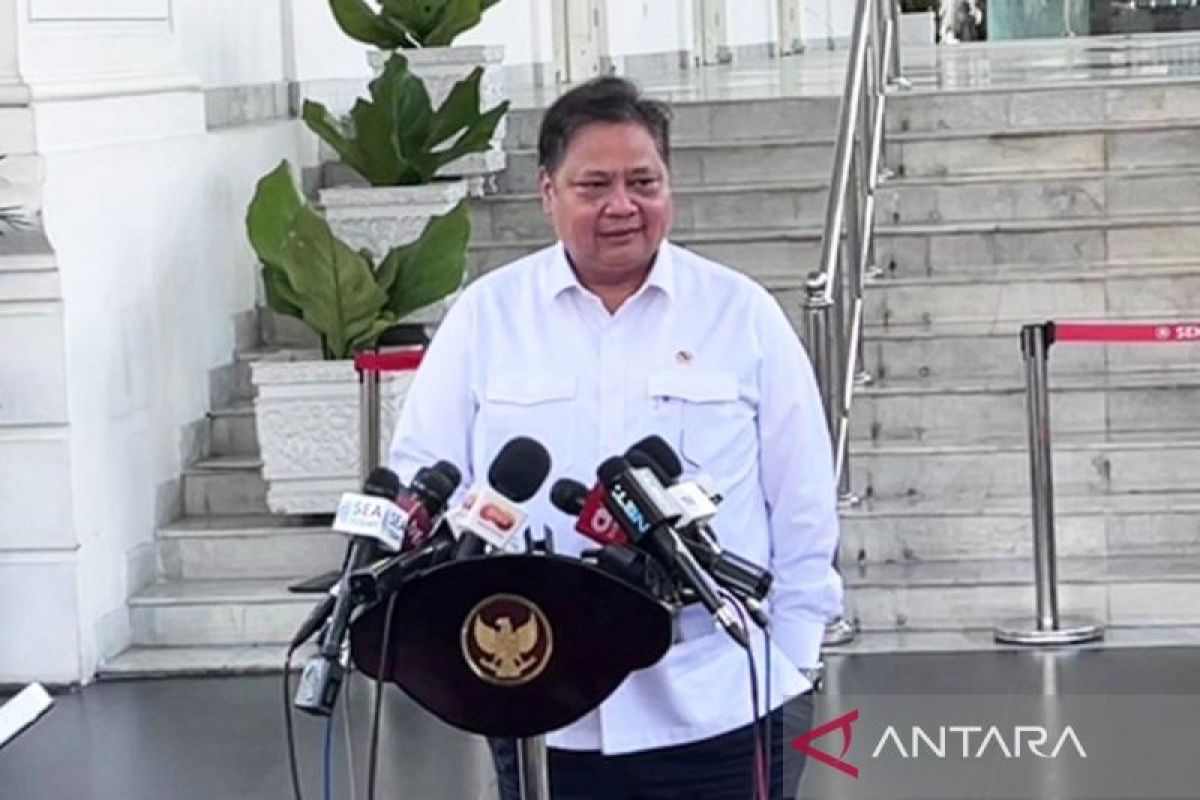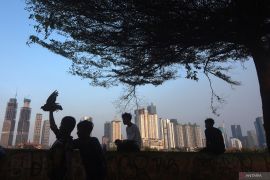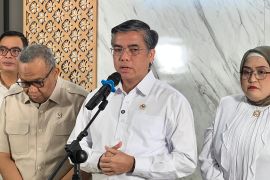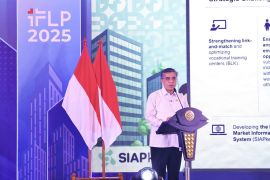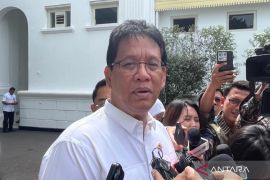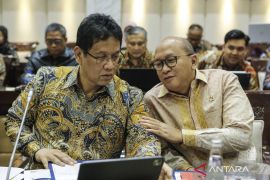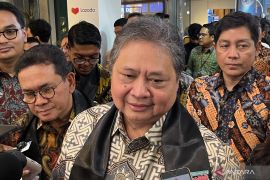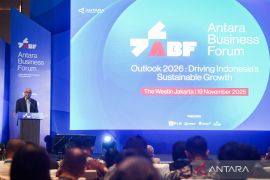"Mr. President targeted Indonesia's economic growth at 8 percent by 2029. It is reachable as Indonesia had achieved 7.3-percent average growth in the 1986–1997 period -- our growth in 1995 was even at 8.2 percent," he pointed out while opening the Indonesia Sharia Economic Festival (ISEF) here on Wednesday.
He noted that the current average growth, which has stagnated at 3 percent, indicates that the global economy has not fully recovered to the pre-COVID-19 level.
Indonesia will need to explore new economic sources and embrace innovations to stoke national economic growth in the coming years, he said.
"We need to find new sources for economic growth and adopt new technology and innovation to achieve the upper-middle-income economy," Hartarto added.
Related news: Prabowo sets ambitious 8 percent growth target for Indonesia
He also highlighted the Islamic economy as a new potential to enhance economic growth sustainably in the future.
The International Monetary Fund (IMF) earlier reminded policymakers to address national debt and implement pro-growth economic reforms to bolster growth.
"Low economic growth and high debt means lower income and fewer jobs for the people. It also means lower government income and less investments to support families and combat long-term challenges such as climate change," IMF executive director Kristalina Georgieva said on October 24, 2024.
IMF's latest World Economic Outlook (WEO), published on October 22, maintained its global growth projection of 3.2 percent for this year.
While the emerging market is projected to grow by 4.2 percent this year, the projection for developed economies is bleak at 1.8 percent, as per the outlook.
Related news: DPR proposes economic growth target of 5.4 percent for 2025
Translator: Martha HS, Nabil Ihsan
Editor: Yuni Arisandy Sinaga
Copyright © ANTARA 2024
